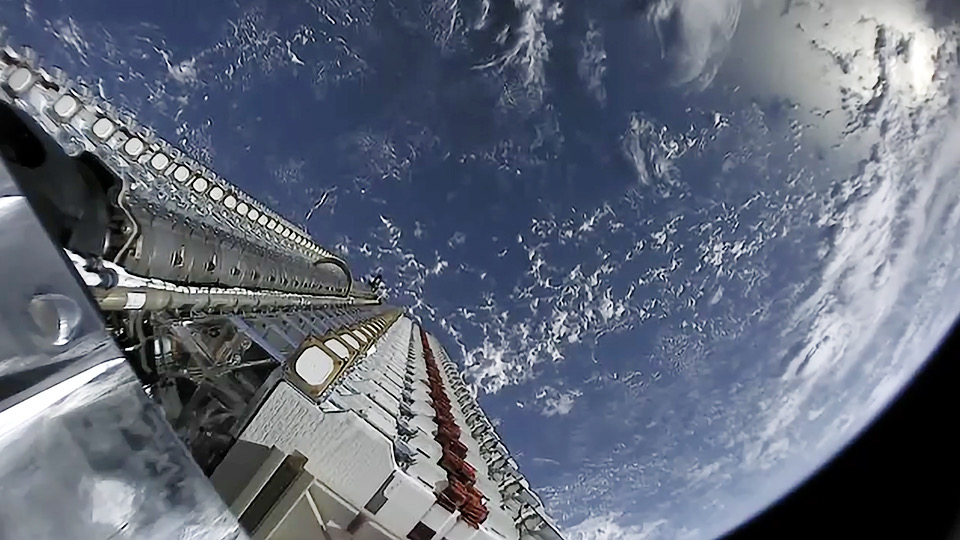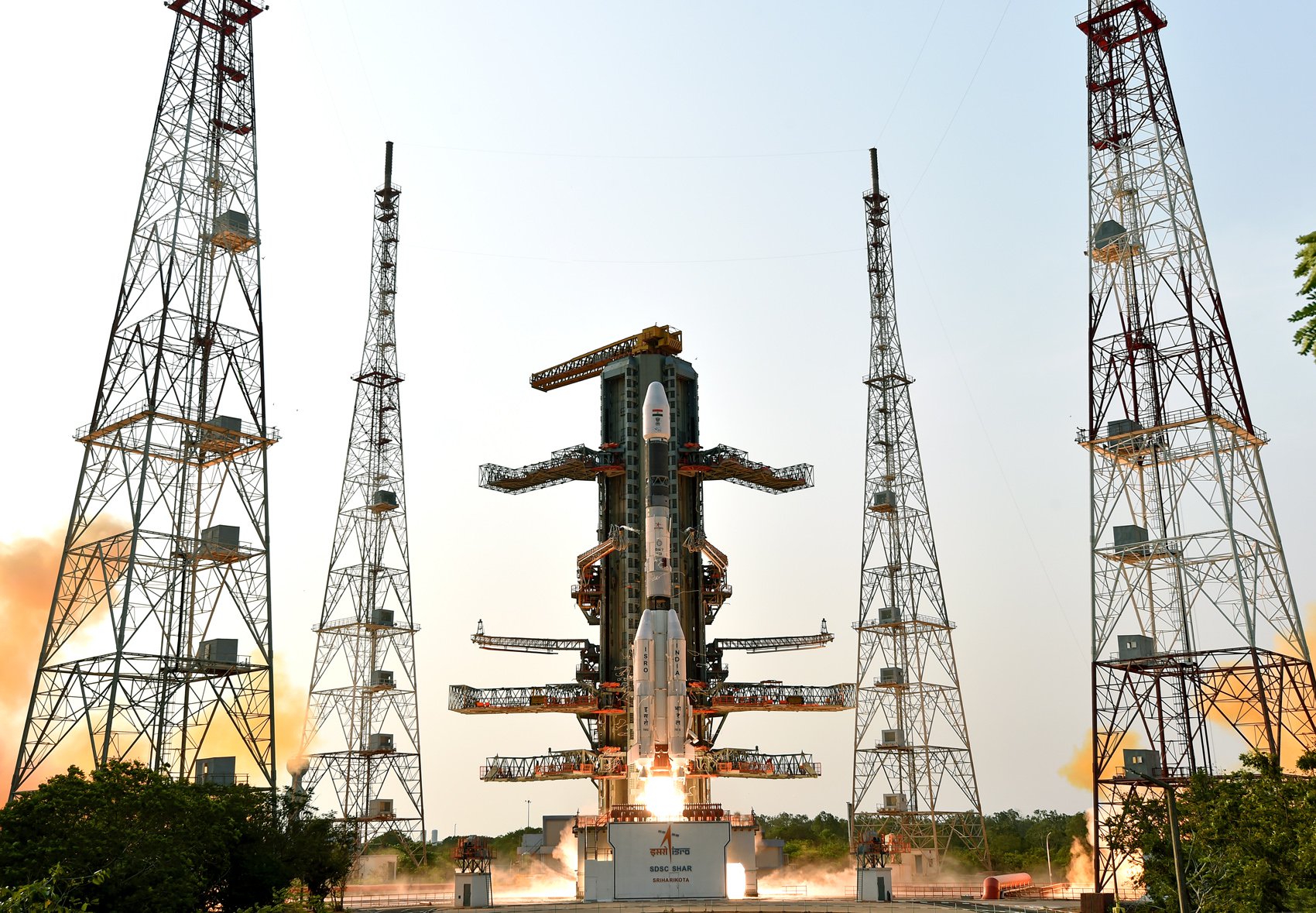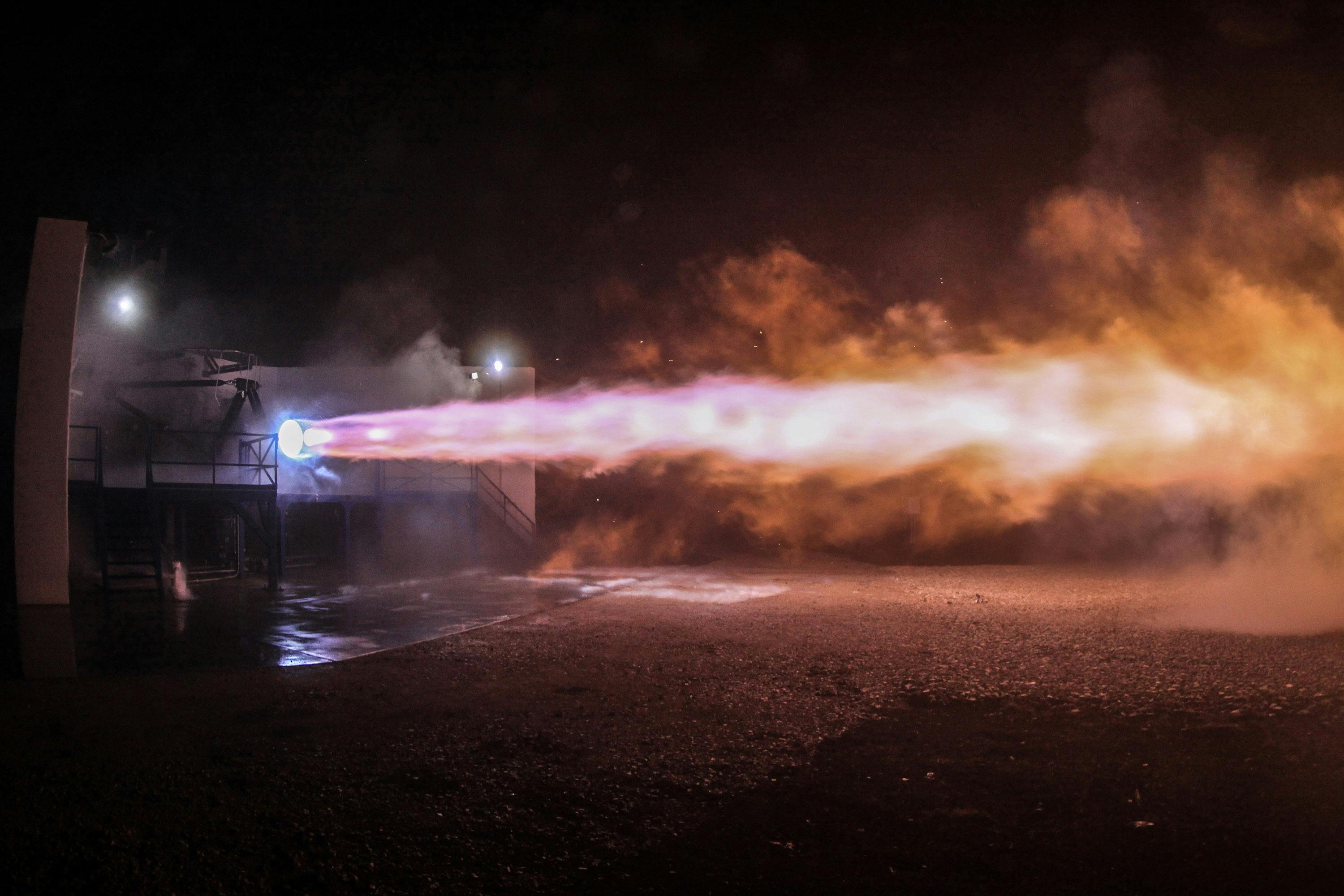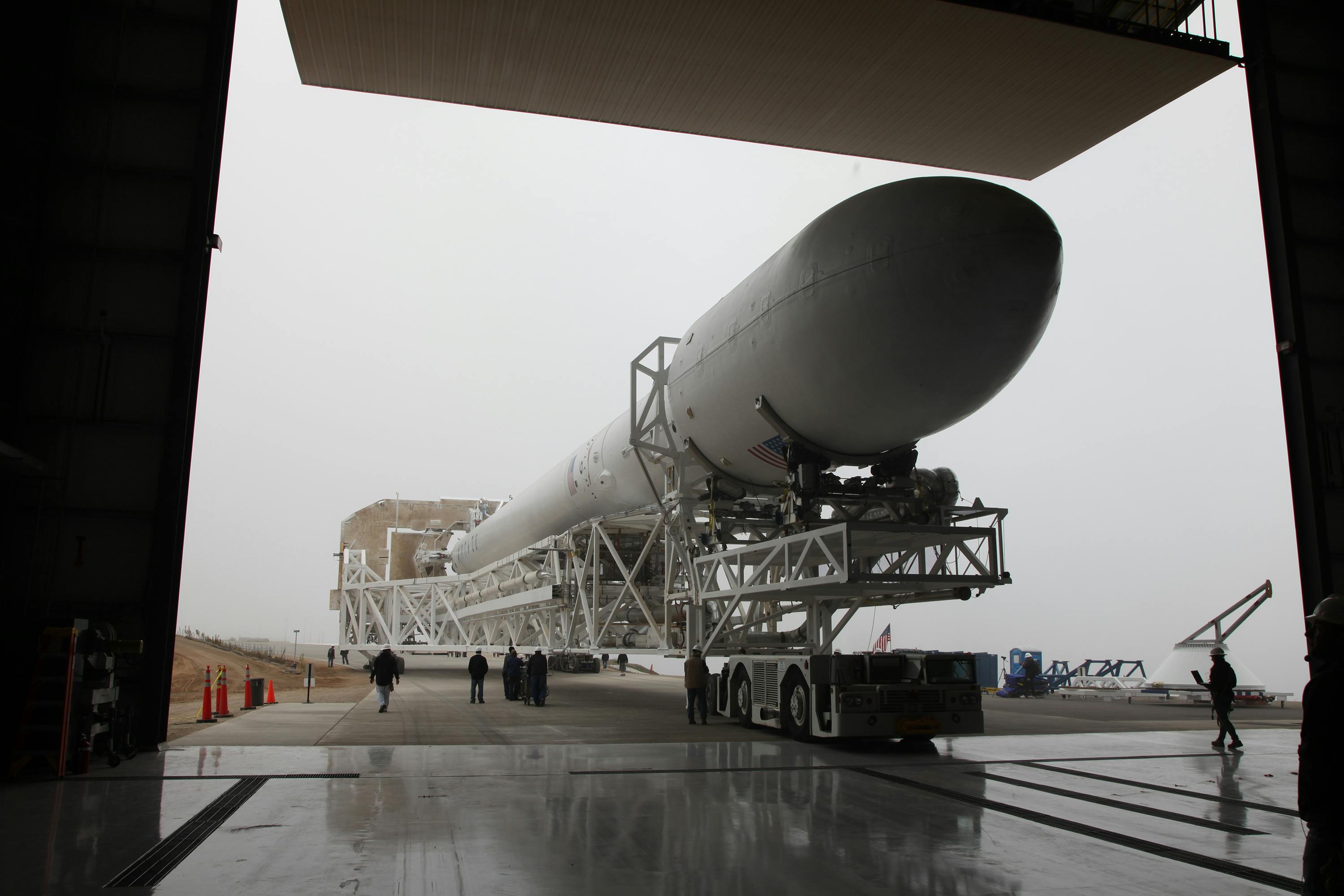· space brief · 5 min read
Space Brief 24 Aug 2025
Today's brief covers SpaceX's secretive military launch, advancements in nuclear fusion, and groundbreaking observations of dying stars and supernovae.

📄Top Stories
SpaceX’s Falcon 9 successfully launched a covert military space drone, marking another milestone in space military operations. Meanwhile, a ground-breaking experiment in nuclear fusion could redefine clean energy production. In the realm of cosmic phenomena, astronomers have made record-breaking observations of supernovae and the evolution of a dying star.
📰Detailed Coverage
SpaceX Launches Secretive US Military Spacecraft
In a significant development for military operations in space, SpaceX launched the Falcon 9 rocket, carrying the clandestine X-37B drone for the US Space Force. The liftoff occurred from NASA’s Kennedy Space Center at 11:50 pm, illuminating the night sky. The exact purpose of the mission remains classified, but the X-37B’s capabilities include extended stays in orbit and potential payload deployment.
This mission underscores the increasing role of private companies in defense-related space endeavors, representing a strategic shift towards leveraging commercial technology in military contexts. Such launches also have implications for satellite tracking, offering insights into trajectory predictions and orbital adjustments. Read the full story: SpaceWar
Researchers Boost Nuclear Fusion Rates with Electrochemistry
At the University of British Columbia, scientists have successfully used electrochemistry to enhance nuclear fusion rates in a bench-top reactor. By infusing deuterium fuel into a metal target, the team boosted fusion efficiency—a potential leap forward for clean energy initiatives. This experiment aims to advance nuclear fusion as a scalable and sustainable energy source, an endeavor gaining momentum worldwide.
Fusion energy is considered a holy grail due to its promise of abundant, clean energy without long-lived radioactive waste. The experiment’s findings could influence future designs of fusion reactors, possibly accelerating the timeline for practical applications. Read the full story: Energy Daily
Supernovae: Spotting Cosmic Explosions Quickly
Advancements in astronomical technology have allowed scientists to detect supernovae faster than ever before. Through continuous and detailed sky surveys, researchers are now able to observe these cosmic explosions much sooner after they occur. This rapid detection provides invaluable data that can improve our understanding of stellar evolution and the life cycles of stars.
Supernovae play a crucial role in enriching the universe with elements necessary for planet and life formation. This cutting-edge observational capability enhances the potential for real-time analysis, enabling more detailed tracking and study of these celestial events. Read the full story: SpaceDaily
Astronomers Track 130-Year Evolution of a Dying Star
For the first time, astronomers have documented the evolution of a dying star over 130 years, revealing unprecedented details about the star’s rapid heating. Observations of the “spirograph” Planetary Nebula IC418 provide insights into the late stages of stellar life, as the star sheds its outer layers, transforming into a nebula.
This research offers a glimpse into the processes that precede a star’s ultimate demise, contributing to our understanding of stellar physics and helping refine models of stellar evolution. These detailed observations are invaluable for astronomers studying the life’s end stages of similar stars. Read the full story: SpaceDaily
SpaceX Starship Flight 10: What to Expect
SpaceX is gearing up for its 10th Starship flight, incorporating significant hardware and operational updates aimed at enhancing reliability. These changes follow previous launches and are part of ongoing efforts to perfect the Starship vehicle for long-duration space missions.
Starship’s success is critical for future missions, including those targeting Mars and other interplanetary endeavors. Each launch provides more data, helping refine tracking approaches and flight dynamic models essential for navigating Earth and space environments. Read the full story: Teslarati
First-of-its-Kind Supernova Illuminates Stellar Death Processes
Scientists have discovered a novel type of supernova characterized by an unexpected composition, rich in silicon, sulfur, and argon. This finding, led by astrophysicists from Northwestern University, challenges existing theories on supernova compositions and the life cycles of massive stars.
This supernova, designated SN2021yfj, sparks new inquiries into the processes leading to such stars exploding, providing a fresh perspective on stellar nucleosynthesis. Observations of such unique phenomena enhance our capacity to interpret cosmic events, enriching the tapestry of space science knowledge. Read the full story: SpaceDaily
🛰️Satellite Spotlight
- Satellite Name: GLOBALSTAR M024
- NORAD ID: 25883
- Launch Date: August 17, 1999
- Mission: This satellite primarily serves communication purposes through the Globalstar system, enabling voice and data services.
- Orbit: Low Earth Orbit (LEO)
- Operator: Globalstar, Inc.
- Fun Fact: GLOBALSTAR M024 is part of a constellation that was one of the first to provide satellite-based mobile communication globally.
Track this satellite in real-time on our web app: Track GLOBALSTAR M024
🚀Upcoming Space Launches
August 24
- SpaceX Starship:
- Flight 10 from SpaceX Starbase, TX, USA (23:30 UTC) 10th test flight of the two-stage Starship launch vehicle.
August 25
-
Blue Origin New Shepard:
- NS-35 from Corn Ranch, Van Horn, TX, USA (11:30 UTC) This flight will fly more than 40 scientific and research payloads to space and back, including numerous experiments from NASA’s TechRise Student Challenge and various universities.
-
China Aerospace Science and Technology Corporation Long March 8A:
- Unknown Payload from Wenchang Space Launch Site, People’s Republic of China (19:00 UTC)
August 26
- SpaceX Falcon 9:
- NAOS from Vandenberg SFB, CA, USA (18:53 UTC) NAOS is a high-resolution observation satellite for Luxembourg’s LUXEOSys, providing images to national and international organizations.
August 27
-
SpaceX Falcon 9:
- Starlink Group 10-11 from Kennedy Space Center, FL, USA (05:49 UTC) A batch of 28 satellites for the Starlink mega-constellation – SpaceX’s project for space-based Internet communication system.
-
SpaceX Falcon 9:
- Starlink Group 10-56 from Cape Canaveral SFS, FL, USA (10:53 UTC) A batch of 28 satellites for the Starlink mega-constellation – SpaceX’s project for space-based Internet communication system.
August 30
-
SpaceX Falcon 9:
- Starlink Group 17-7 from Vandenberg SFB, CA, USA (02:05 UTC) A batch of 24 satellites for the Starlink mega-constellation – SpaceX’s project for space-based Internet communication system.
-
SpaceX Falcon 9:
- Starlink Group 10-14 from Cape Canaveral SFS, FL, USA (11:38 UTC) A batch of 28 satellites for the Starlink mega-constellation – SpaceX’s project for space-based Internet communication system.
Note: Launch dates and times are subject to change due to technical or weather considerations.

Maurice Stellarski





